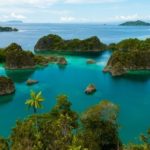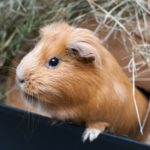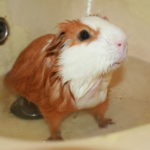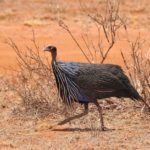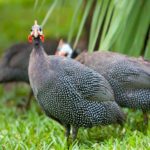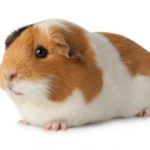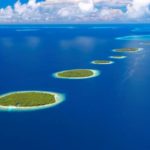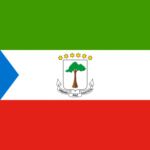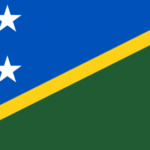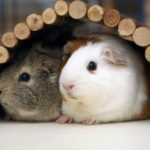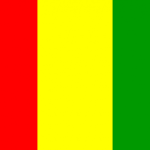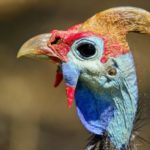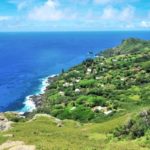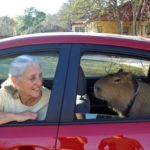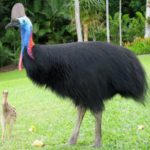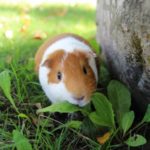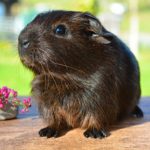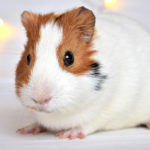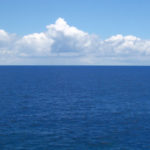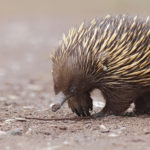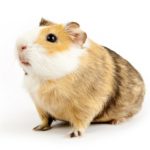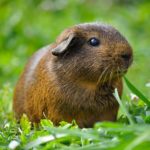Papua New Guinea
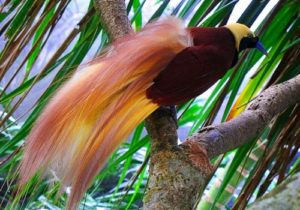 Few of these people who would not be fond of childhood stories about distant countries with their amazing nature and people unusual for us. One of such distant countries was New Guinea, open to the Russians by our compatriot Miklouho-Maclay, a famous traveler.Papua New Guinea, an independent state in Oceania, occupies the entire eastern part of New Guinea Island and more than 200 islands lost in the vast expanses of the Pacific Ocean. And although these islands are not large individually, the total area of this country is more than 460 sq. M. km
Few of these people who would not be fond of childhood stories about distant countries with their amazing nature and people unusual for us. One of such distant countries was New Guinea, open to the Russians by our compatriot Miklouho-Maclay, a famous traveler.Papua New Guinea, an independent state in Oceania, occupies the entire eastern part of New Guinea Island and more than 200 islands lost in the vast expanses of the Pacific Ocean. And although these islands are not large individually, the total area of this country is more than 460 sq. M. km
Travelers gave the double name to the country. The reason for this was the fact that the local population – the Papuans, are very similar to the inhabitants of African Guinea. As a result, this state has such an original double name. Yes, and is located in the waters of several seas with peculiar names. These are the New Guinea Sea, the Coral Sea, the Solomon Sea, and the Afur Sea.
Due to this abundant water environment, in these parts is always warm, and high humidity allows all types of tropical vegetation to grow on these islands.
There are more than 20 thousand species of various plants. These include impassable mangroves in the coastal strip, sugarcane plantations of incredible height, and groves of sago palm trees along countless swamps. And coconut and banana palms, melon trees and wild-growing taro, yams, sweet potatoes, cassava and others that can be eaten, make this region a truly paradise place.
Most of Papua New Guinea is a mountain. Numerous ranges extending from the south-east to north-west in some places rise to an altitude of more than 3000 m above sea level. And the height of Wilhelm Mountain is 4500 m. The mountains are overgrown with dense coniferous forests, and on their peaks lie eternal snow. Volcanoes that are almost 40 of them are found among the elevations. Araucaria, rare for us, dominates in the mountain forests. Among these heaps of mountain ranges, at a height of the order of one and a half thousand meters, hollows are spread, completely covered with shrubs and meadows. Even in forests, everything is covered with a solid carpet of ferns, climbing plants and various types of orchids.
Such an abundance of vegetation allowed a huge amount of living creatures to breed on these islands. There are practically no predators here, so numerous monkeys, small wallabies, echidnas, possums, couscous and all kinds of crawling and flying mice feel at ease on the islands. What is a lot of different snakes here, they are said here about 300 species. The largest of them are pythons, which are up to 8 meters in length and poisonous taipans, up to 4 meters long. There are crocodiles, both freshwater and huge sea, more than 7 meters in length. They live very aggressive viviparous snakes. And all sorts of bugs and spiders here are several thousand species. The largest butterfly in the world with a wingspan of up to 35 cm is found here. It is called “Ornithoptera alexandrae”.
But what is most important here is the birds. And what is not. And parrots, and pigeons: Royal Victoria, white-breasted, golden-gold, variegated. There are cassowals, these are such non-flying birds like ostriches. Weedy chickens and birds of paradise is the business card of Papua New Guinea. Of the 42 species of birds of paradise that generally exist on earth, there are 38 (also, check Interesting facts about Victoria).
Incredibly diverse marine life. For her many divers come to the islands. For these people, New Guinea is, above all, an amazing underwater world. It seems like scientists have counted almost 400 types of coral here. And the fact that it is usual in these coral thickets to list is simply not possible. This includes tuna and barracuda, rays and sharks, but there are no small inhabitants.
Papua New Guinea has been very popular for tourism for many years. Usually, all tourist routes begin with Port Moresby – the main gate and capital of the country. The city is located on a peninsula in the natural harbor of Fairfax. From here begins water tourism.
The city has all the conditions for diving and windsurfing, sailing and sea fishing, as well as water-skiing. From land-based entertainment, the tourist infrastructure offers golf, tennis and squash.
Most attractions are located outside the city, in the Central District. Northeast of the capital is the spectacular waterfalls of Rhône, near which is located the National Park of Varirat. Hiking trails are laid inside the reserve, surrounded by an amazing panorama of the coastline.
To the north of the capital is the Brown River – a river on which are organized places for swimming, picnics and rafting. Not far from the river begins the mountain trail Kokoda-Trail, connecting the northern and southern coast of the island. Passing this road, you can see the remains of military fortifications from the Second World War. Papua New Guinea was hit hard by numerous bombings and shelling when Americans smashed the Japanese here. And although all these bunkers, artillery positions and defensive lines, completely overgrown with rainforest, you can imagine what kind of fighting took place here at that time.
The trail leads to the village of Kokoda, where the Tapa Festival is held every October, it is such a fabric made from plant fibers. And in August, Mount Hagen Culture Show takes place in New Guinea. Among Aborigines, this action is called Sing-Sing. The festival takes place in the town of Mount Hagen, where representatives of tribes from all regions of the country come to this end. The action is vivid and memorable, rooted in antiquity.
